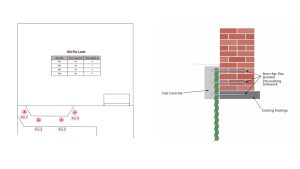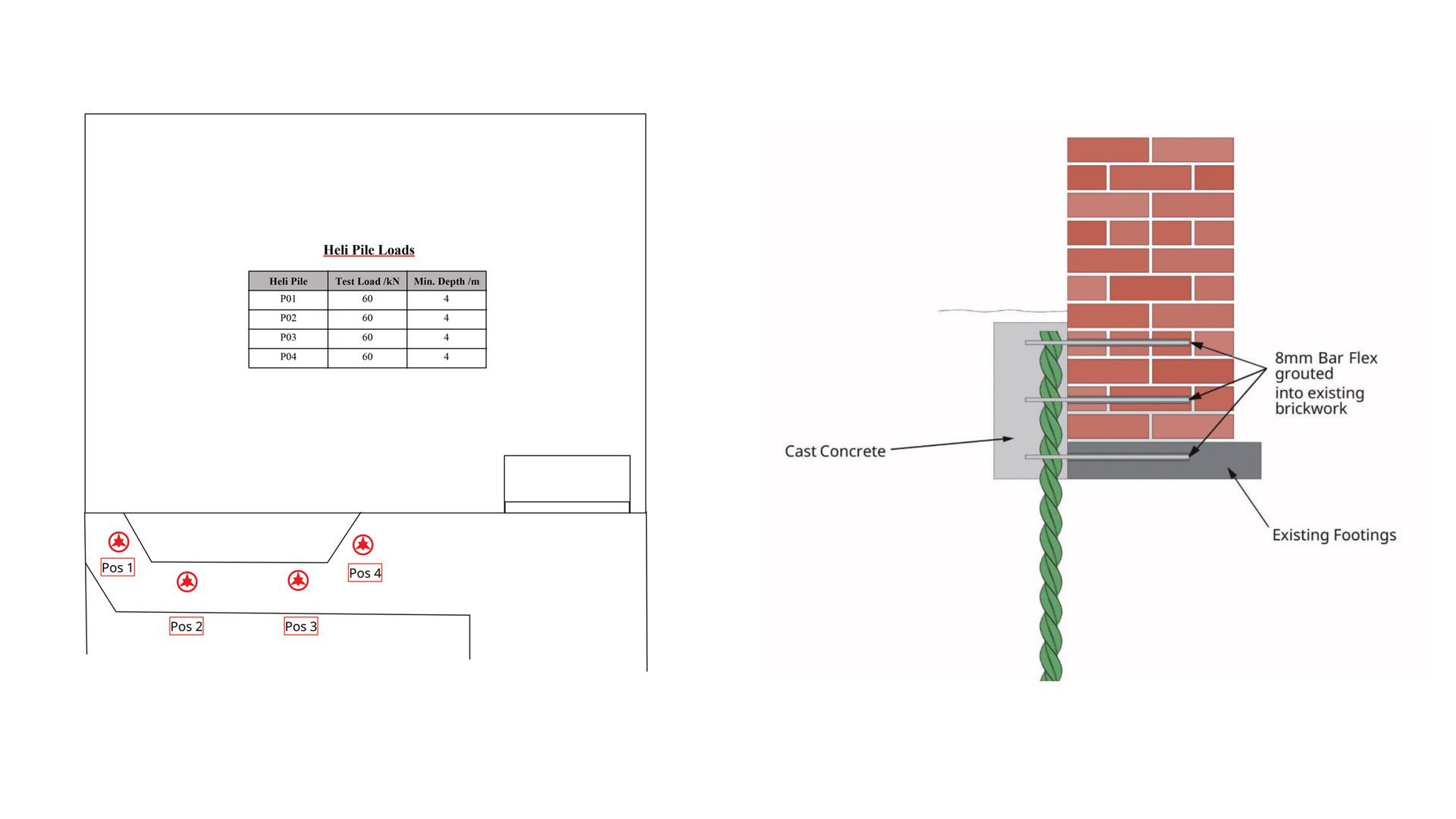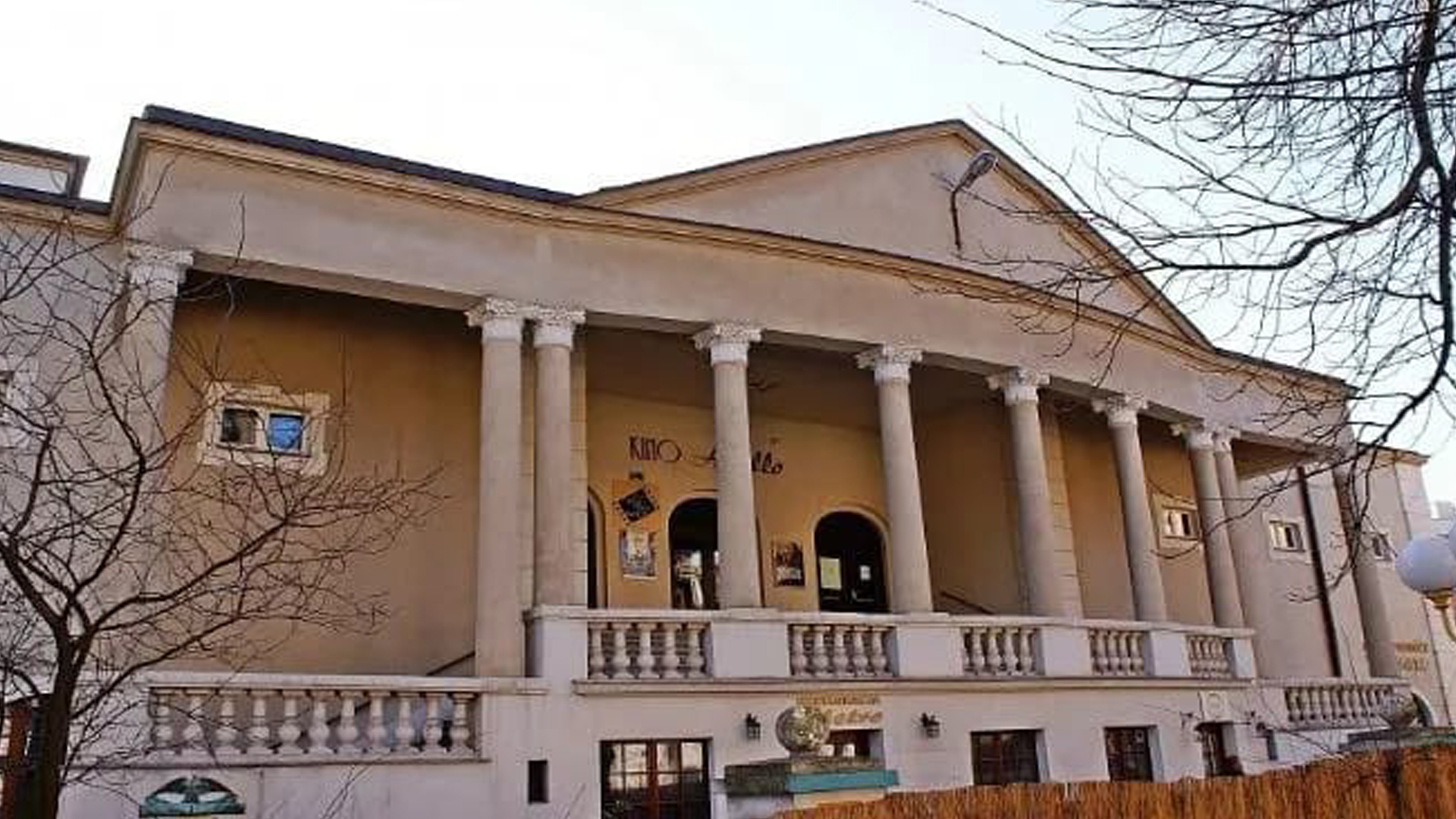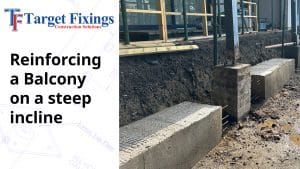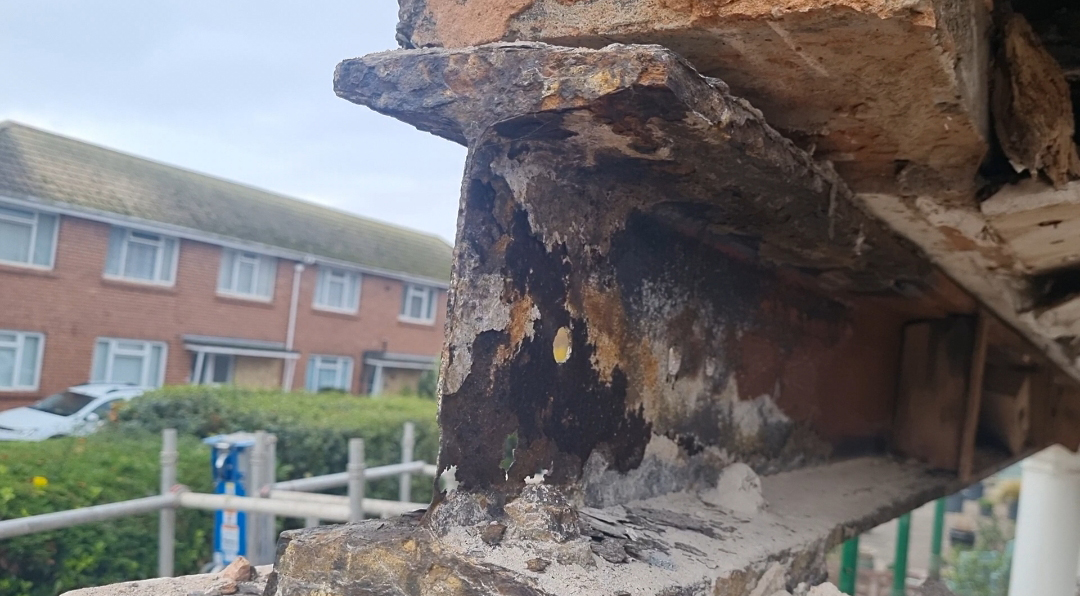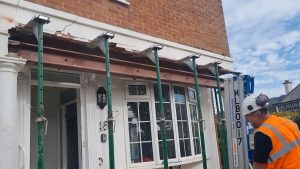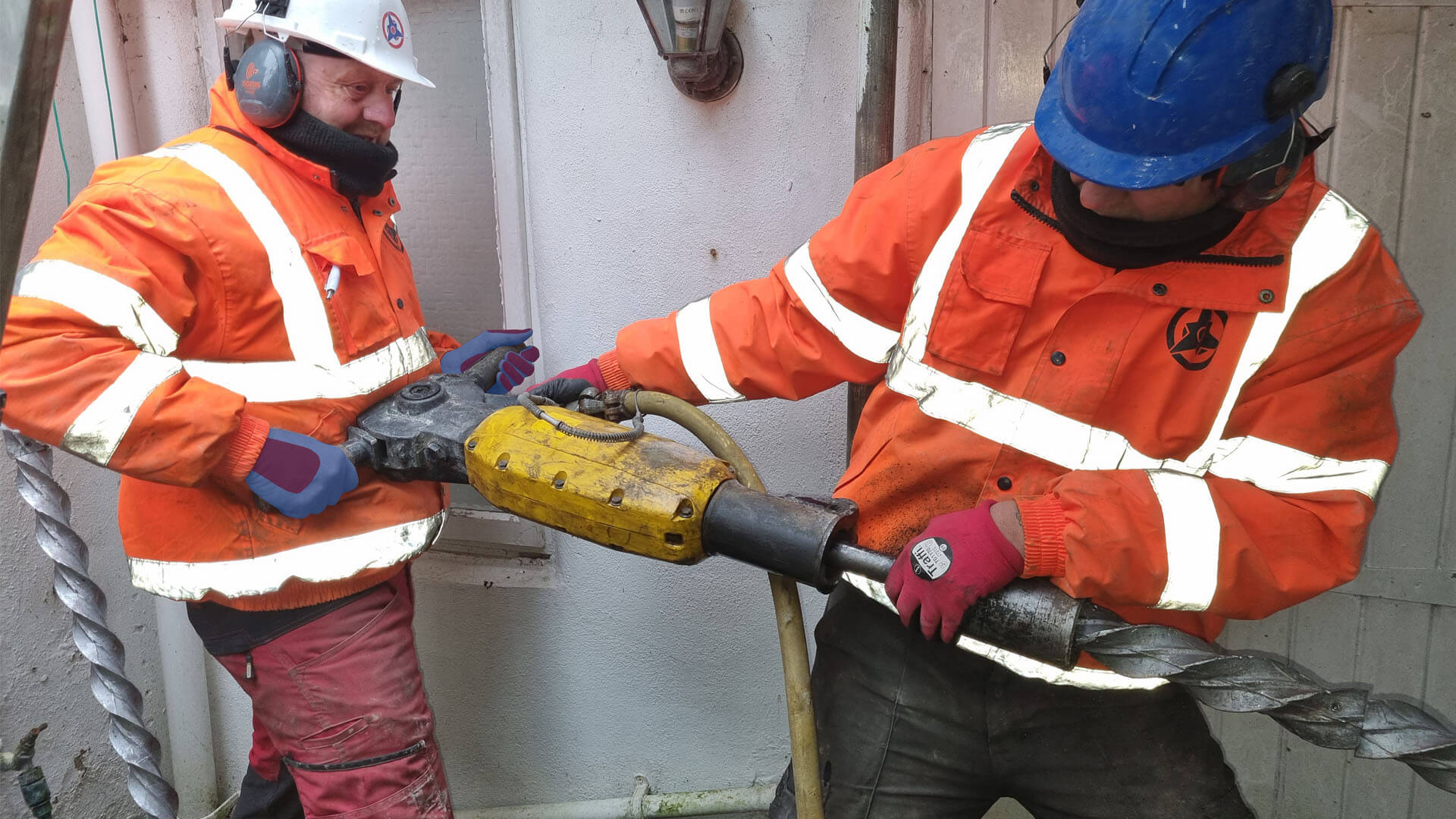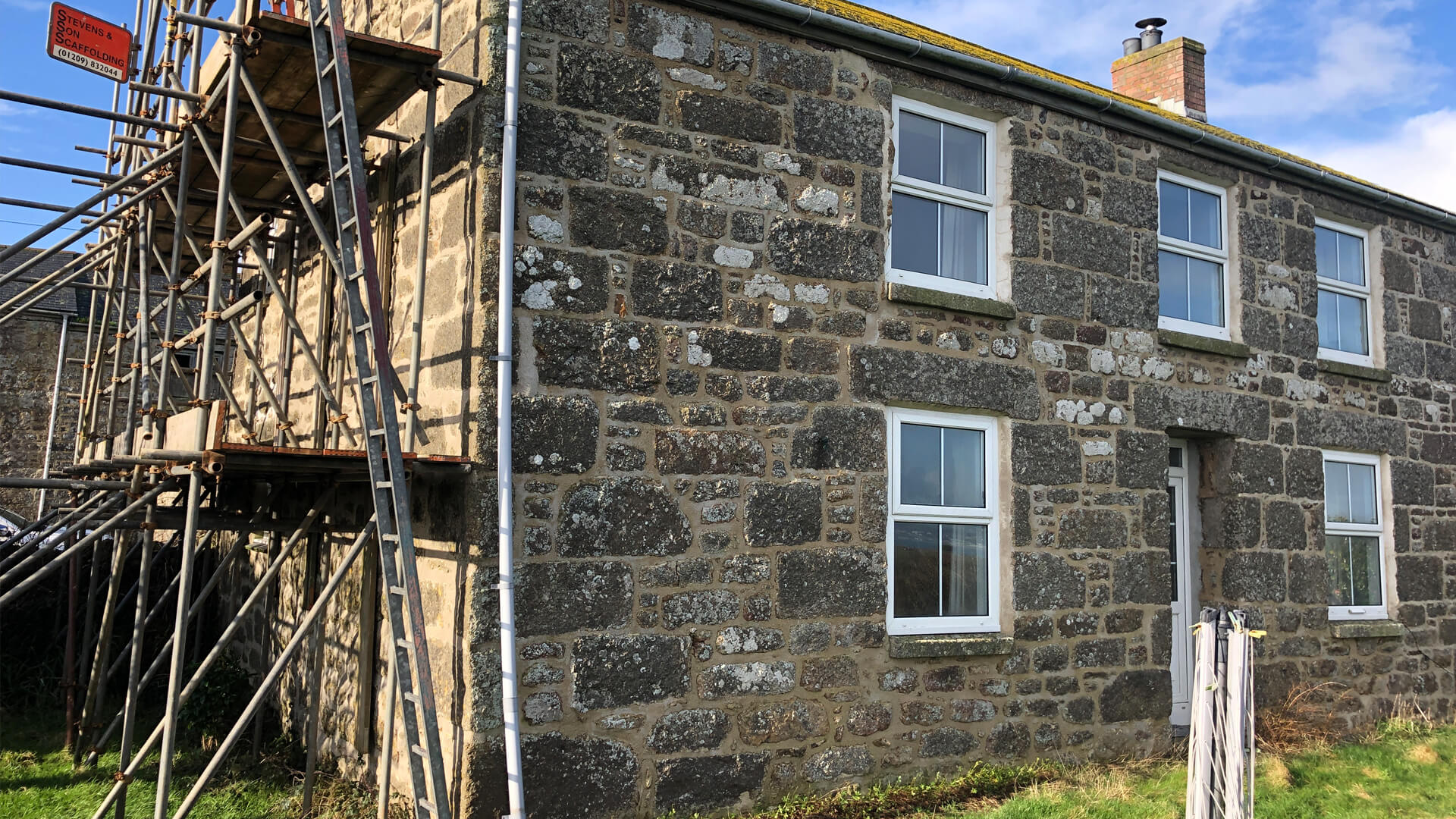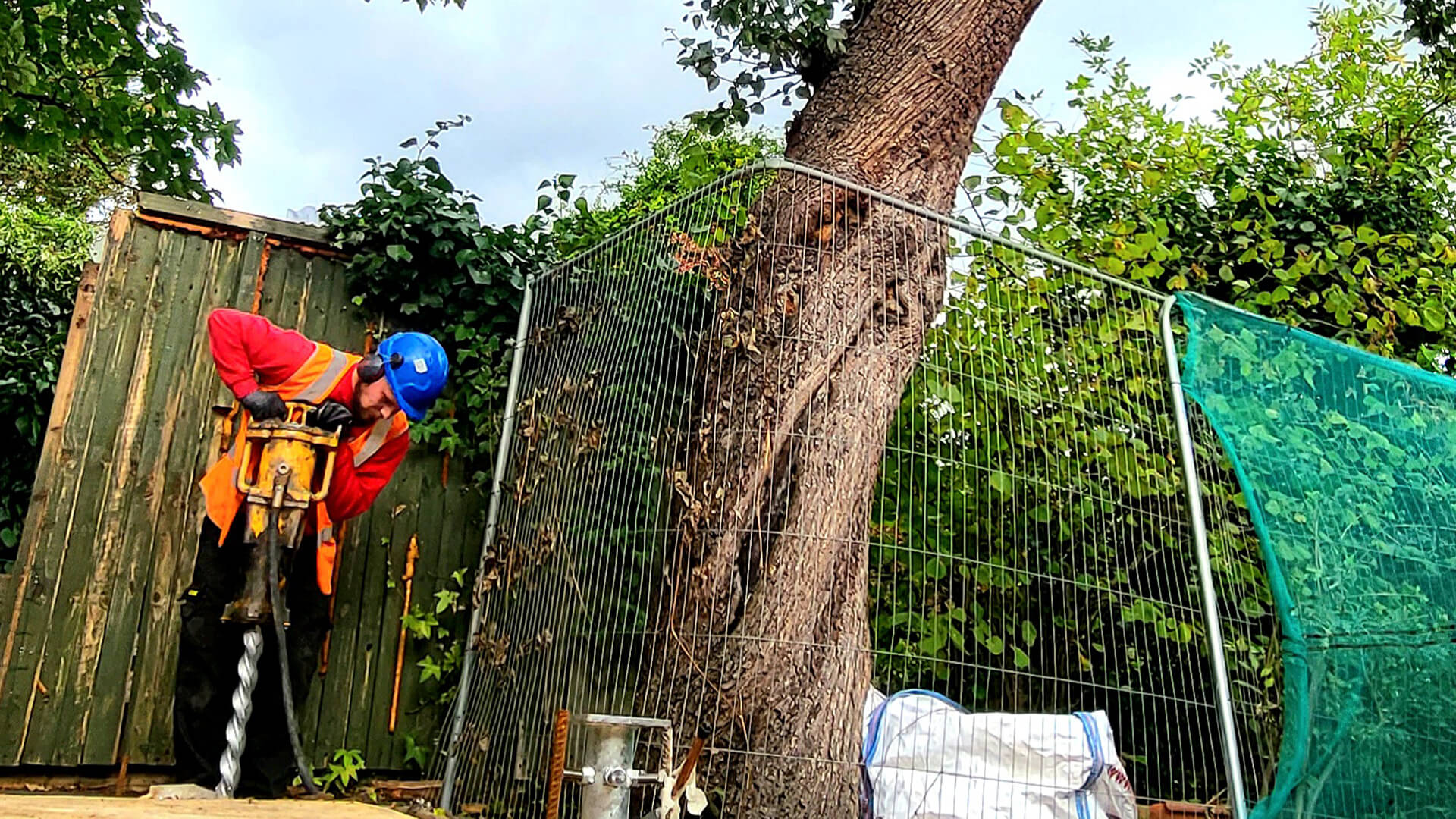De Uitdaging
Extensive Moving Brickwork and Structural Cracking
With over three decades in the industry we often see the consequences of long-term ground movement. This recent project in Wiltshire presented a significant but familiar challenge: a two-storey bay window repair necessitated by severe verzakkingsproblemen repair issues affecting both the front and rear elevations of the property. The overall impact was widespread, resulting in highly visible and structurally compromising moving brickwork.
Our initial survey revealed the complexity and depth of the damage, indicating that the building fabric was under significant rotational and sheer stress:
1. Severe Wall Cracking
The most immediate concern was a large, active crack located above the rear bedroom window. An internal inspection confirmed the severity: the wall above the lintel was heavily fractured, exhibiting differential movement of up to 20mm horizontally en 12mm vertically. This type of damage signifies classic rotational verzakkingsproblemen – where one part of the foundation drops – and creates extreme tension and compression forces within the upper masonry. Crucially, the crack narrowed as it approached the window, confirming that the structural stress was concentrated at the top of the opening.
2. Historic Ground Instability
While the primary cracks were active, we also noted several signs of historic masonry movement. External examination of the brickwork showed minor cracking originating from the lintel ends. However, the critical evidence was found in the wide, uneven perpend joints that had been heavily repointed. This indicates that the movement has been occurring over a long period, requiring previous, temporary attempts at wall cracking repair. This historic context was reinforced by the fact that the adjacent property showed identical cracking patterns and prior repointing, suggesting a common, deep-seated ground instability issue.
3. Compromised Bay Window Integrity
The front elevation’s two-storey bay window was clearly failing. The left brick pillar displayed a prominent crack and had begun to bow both outwards and sideways. The accompanying window sill crack extended down the masonry below, suggesting the column was losing its vertical load-bearing capacity and lateral restraint. Furthermore, we identified a possible contributing factor in the nearby rainwater downpipe, which discharged directly into the front flower bed. Water ingress close to the footing can saturate the subsoil, weakening its bearing capacity and exacerbating the verzakkingsproblemen that leads to moving brickwork.
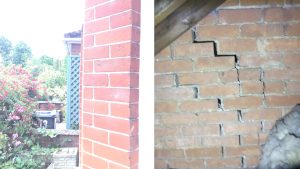
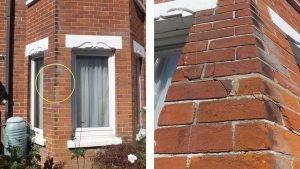
This comprehensive assessment determined that a simple crack filler or surface repair would be inadequate. A dual approach combining foundational stabilisation with dedicated metselwerkwapening was the only way to achieve a long-term, successful verzakkingsproblemen repair.
 Engels
Engels 

